Physical Address
304 North Cardinal St.
Dorchester Center, MA 02124
An excess of extravascular lung water
Cardiogenic oedema: increased hydrostatic pressure moves fluid out of the vascular compartment ▸ this is commonly caused by left heart failure ▸ it is rarely caused by a reduction in plasma osmotic pressure (e.g. hypoalbuminaemia)
Non-cardiogenic oedema: this is caused by an increased alveolar-capillary barrier permeability
Causes: fluid overload ▸ drowning ▸ drug induced ▸ ARDS ▸ high altitude ▸ rapid re-expansion of a collapsed lung ▸ intracranial disease
Fluid passes from the intravascular compartment into the interstitium and then into the alveoli (i.e. interstitial oedema precedes frank airspace opacification)
Interstitial oedema: oedema fluid collecting in a subpleural space manifests as thickening of the interlobar fissures or as a costophrenic recess lamellar ‘effusion’
Kerley B lines: thickened interlobular septa (1- to 2-mm wide, 30- to 60-mm long) ▸ this occurs within the sub-pleural lung and perpendicular to the pleural surface
Kerley A line: these are longer (up to 80–100 mm) and occasionally angulated ▸ they cross the inner ![]() of the lung (and tend to point medially towards the hilum)
of the lung (and tend to point medially towards the hilum)
Peribronchial cuffing: thickened and indistinct airway walls
| Cardiogenic oedema | Non-cardiogenic oedema | |
|---|---|---|
| Distribution | Central ‘bat's wing’ | Tends to be more peripheral |
| Septal lines | Common | Less common |
| Peribronchial cuffing | Common | Less common |
| Pleural effusions | Common | Less common |
| Cardiomegaly | Yes | No |
| Pulmonary vasculature | Upper lobe diversion | No redistribution |
Perihilar haze: loss of conspicuity of the central pulmonary vessels
Alveolar oedema: this generally spares the apices and extreme lung bases ▸ usually there is bilateral opacification (it can be unilateral) ▸ opacities may coalesce to produce a general ‘white-out’ (± air bronchograms) ▸ resolution of any airspace opacification may be rapid (over hours) ▸ the distribution of pulmonary oedema can vary with posture (dependent lung becomes more oedematous)
‘Butterfly’ or ‘bat's wing’ distribution: this occurs if the central lungs are predominantly affected
Additional signs:
Cardiomegaly: this indicates chronic heart disease, compared with a normal cardiac size seen after an acute myocardial infarction
Pleural effusions: these are often bilateral
Unilateral oedema: this can be seen in patients placed in a lateral decubitus position for some time ▸ the distribution can be affected by coexisting disease (e.g. emphysema can lead to patchy oedema)
Redistribution of blood to the upper zones: this occurs with an elevated pulmonary venous pressure (when erect oedema accumulates in the dependent lung, compressing these vessels and increasing basal resistance to flow): the diameter of the upper lobe vessels > the lower lobe vessels ▸ diameter of pulmonary arteries > adjacent bronchi seen end on
Thickened interlobular septa are not diagnostic of pulmonary oedema – they may also be caused by fibrosis or malignant infiltration (e.g. lymphangitis carcinomatosa)
| Common findings |
|
| Ancillary findings |
|
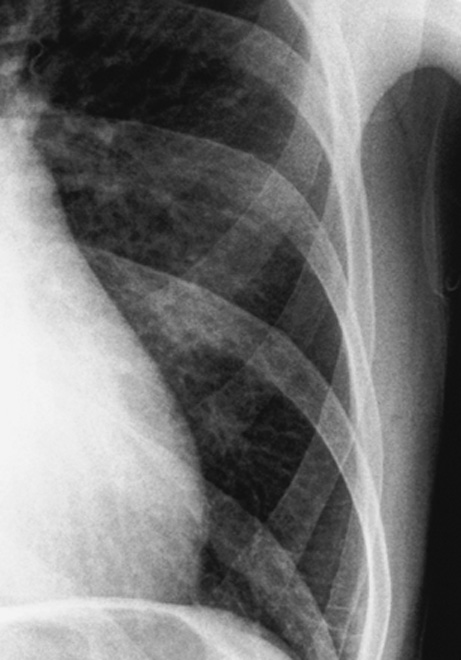
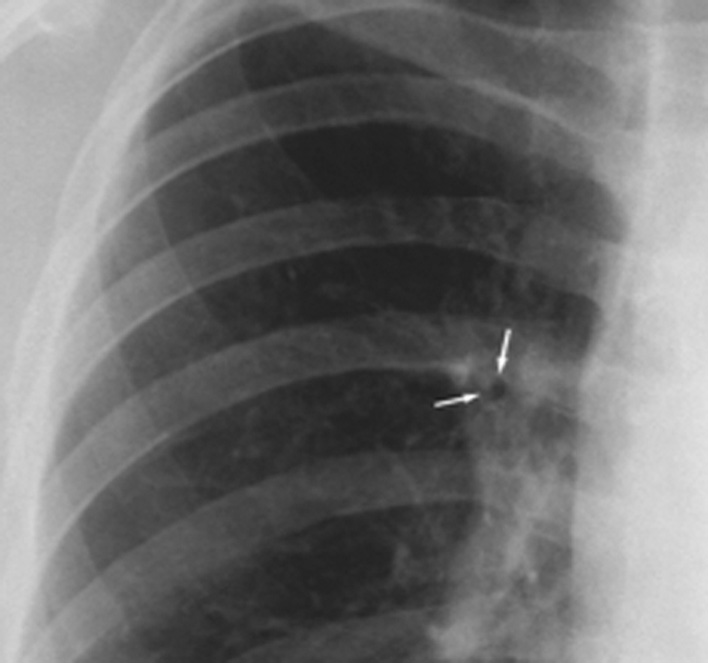
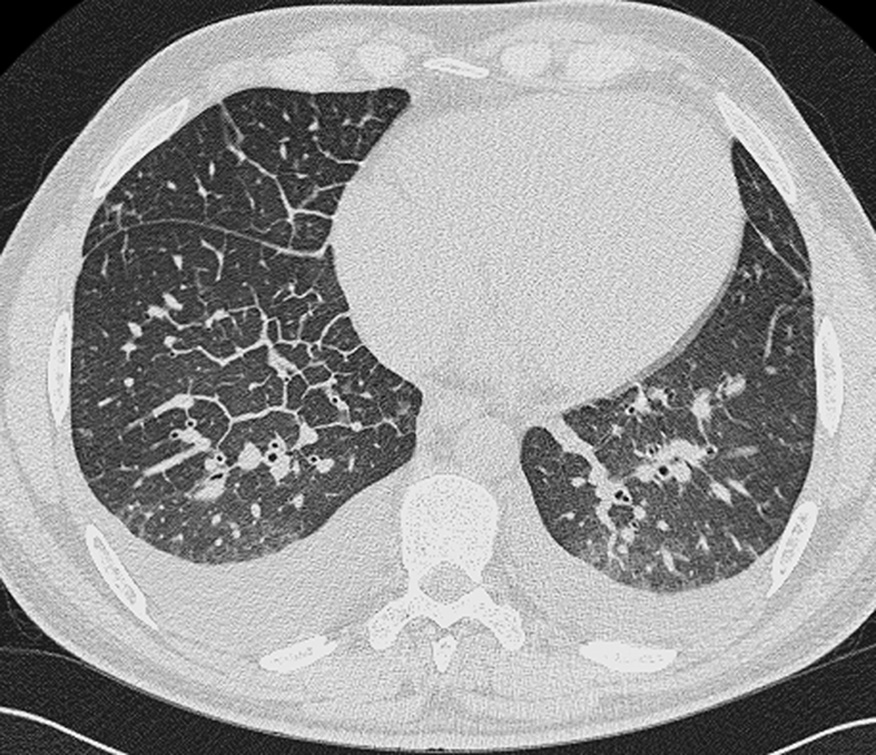
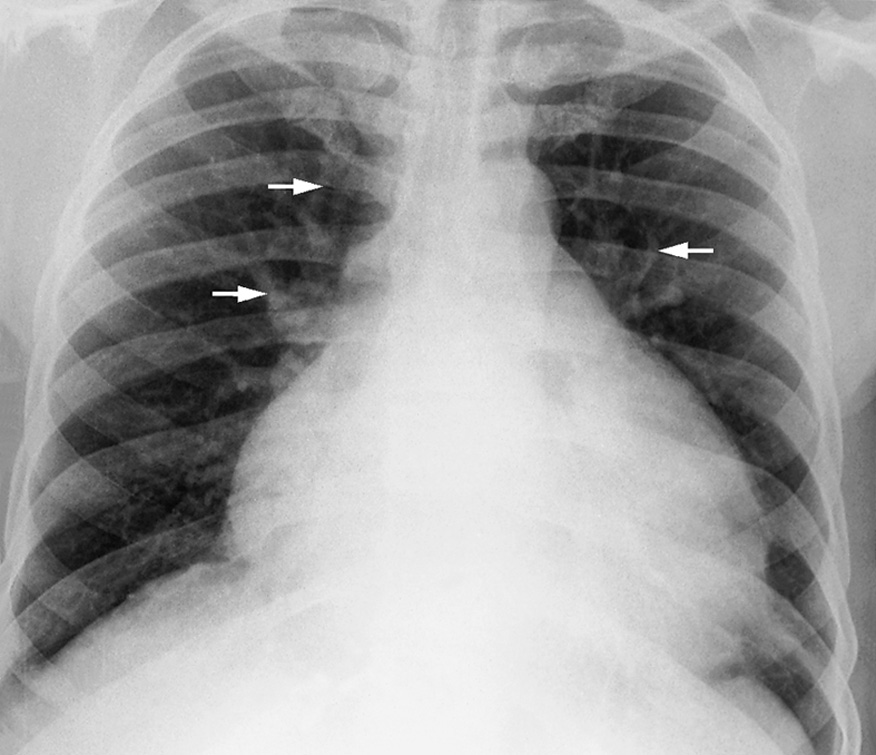
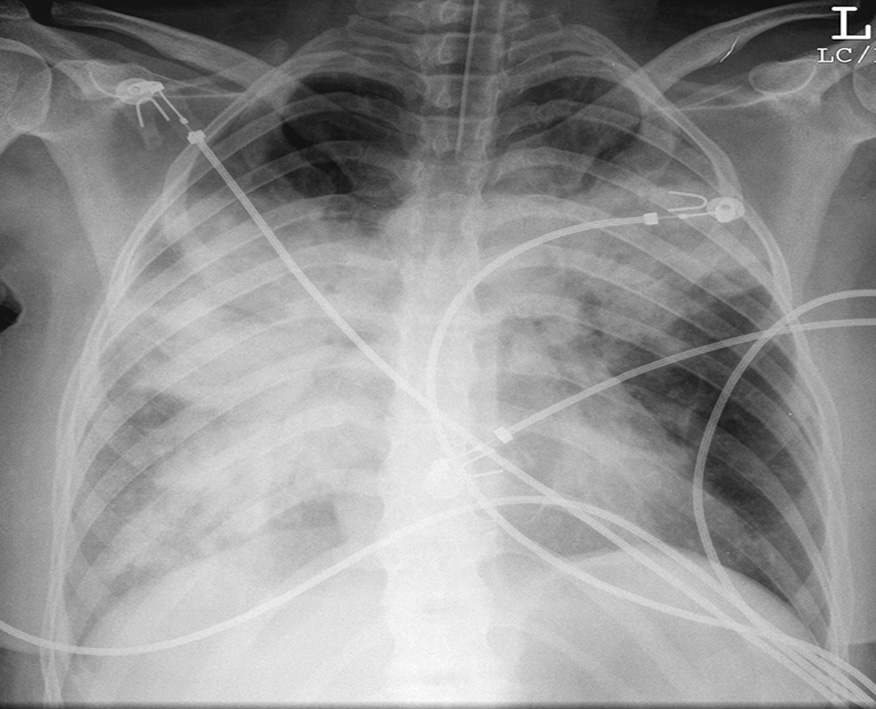
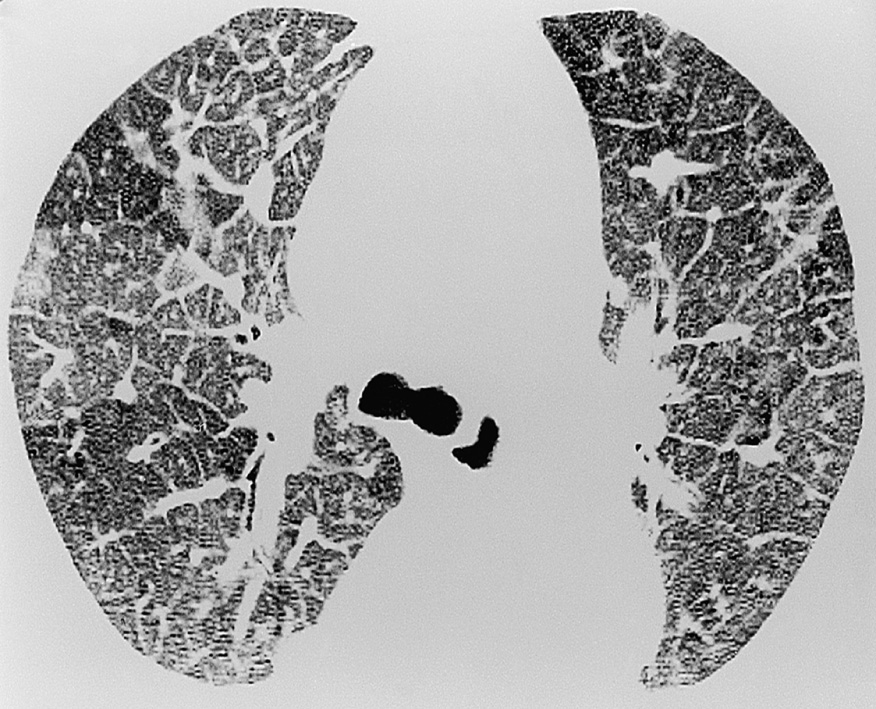
Airspace bleeding is a surprisingly frequent event ▸ the severity can vary from small symptomless bleeds to life-threatening episodes
Multiple causes (see table)
Recurrent haemoptysis ▸ dyspnoea ▸ chronic cough ▸ intermittent pyrexia ▸ headache ▸ lethargy ▸ basal crackles ▸ clubbing
Similar appearances regardless of cause
Acute phase: widespread ground-glass opacification or consolidation (mainly affecting the perihilar regions of the mid and lower zones)
Chronic phase : with repeated episodes ill-defined nodular or reticulonodular opacities are seen ± hilar lymph node enlargement
Become a Clinical Tree membership for Full access and enjoy Unlimited articles
If you are a member. Log in here